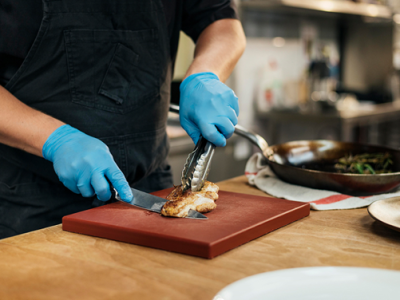Sea buckthorn (Hippophae rhamnoides) is a versatile and resilient plant that has been cultivated for centuries for its nutritional and medicinal properties. Known for its vibrant orange berries, which are packed with vitamins, antioxidants, and omega fatty acids, sea buckthorn is gaining popularity among home gardeners and commercial growers alike. If you’re considering adding this superfood to your garden, this beginner’s guide to growing and harvesting sea buckthorn will provide you with essential tips for a thriving harvest.
Understanding Sea Buckthorn
Before diving into the growing process, it’s important to understand the basic characteristics of sea buckthorn. This hardy shrub is native to Europe and Asia and can thrive in a variety of climates, from coastal regions to mountainous terrains. Sea buckthorn is well-known for its ability to withstand harsh conditions, including drought, poor soil, and strong winds, making it an excellent choice for low-maintenance gardening.
Sea buckthorn plants are dioecious, meaning that male and female flowers grow on separate plants. For successful pollination and berry production, you’ll need at least one male plant for every five to six female plants. The berries, which ripen in late summer to early fall, are the primary harvestable part of the plant, though the leaves and seeds are also used for their health benefits.
Choosing the Right Location
One of the most important factors in successfully growing sea buckthorn is choosing the right location. These plants prefer full sun and will thrive in areas with at least six to eight hours of direct sunlight per day. While sea buckthorn is adaptable to various soil types, it grows best in well-drained, sandy, or loamy soil with a pH level between 5.5 and 7.5.
Sea buckthorn plants have deep roots that help them access nutrients from the soil, so they are tolerant of poor soil conditions. However, improving the soil with organic matter, such as compost or well-rotted manure, can enhance growth and berry production.
Planting Sea Buckthorn
When planting sea buckthorn, space the plants about 3 to 6 feet apart to allow for adequate air circulation and growth. This spacing will also make it easier to manage the plants as they mature. It’s best to plant sea buckthorn in the spring after the last frost, giving the plants time to establish themselves before the growing season.
To plant, dig a hole slightly larger than the root ball of the seedling. Place the plant in the hole, ensuring that the roots are spread out and not crowded. Fill the hole with soil, gently firming it around the base of the plant. Water the plants thoroughly after planting to help settle the soil and eliminate air pockets.
Caring for Sea Buckthorn
Once established, sea buckthorn requires minimal care, making it an ideal choice for beginner gardeners. However, there are a few key practices to ensure healthy growth and a bountiful harvest:
- Watering: Sea buckthorn is drought-tolerant but will produce more abundant berries with regular watering, especially during the first year after planting. Water deeply once a week during dry periods, ensuring that the soil remains consistently moist but not waterlogged.
- Pruning: Pruning is essential for maintaining the shape and health of your sea buckthorn plants. Prune the plants in late winter or early spring before new growth begins. Remove any dead, damaged, or diseased branches, and thin out crowded areas to improve air circulation. Regular pruning also encourages new growth and increases berry production.
- Fertilizing: While sea buckthorn is not a heavy feeder, applying a balanced, slow-release fertilizer in the spring can support healthy growth. Organic options such as compost or fish emulsion are also effective.
Harvesting Sea Buckthorn
Harvesting sea buckthorn berries is perhaps the most rewarding part of growing these plants. The berries ripen from late summer to early fall and can be harvested when they are fully orange and slightly soft to the touch.
Because the berries grow in clusters on thorny branches, harvesting can be a bit challenging. Wearing gloves and using sharp pruning shears can help you carefully cut the berry-laden branches. You can also freeze the branches for a few hours before harvesting, which makes it easier to remove the berries without damaging them.
Conclusion
Growing and harvesting sea buckthorn can be a rewarding experience for both novice and experienced gardeners. With its ability to thrive in various conditions and its numerous health benefits, sea buckthorn is a valuable addition to any garden. By choosing the right location, providing proper care, and following best practices for planting and pruning, you can enjoy a thriving harvest of these nutritious berries year after year. Whether you’re growing sea buckthorn for personal use or commercial purposes, this resilient plant is sure to provide a bountiful and healthy harvest.








Comments